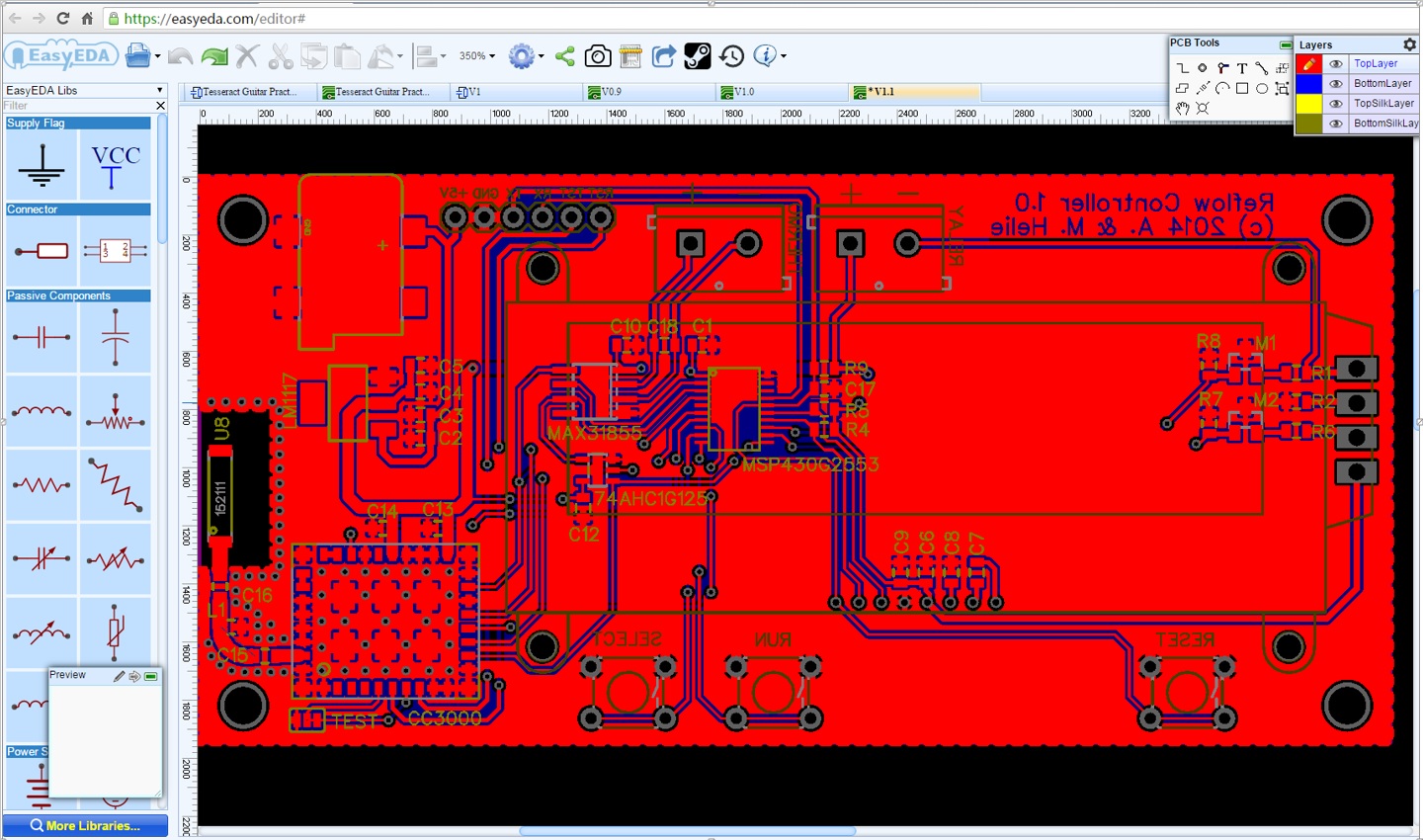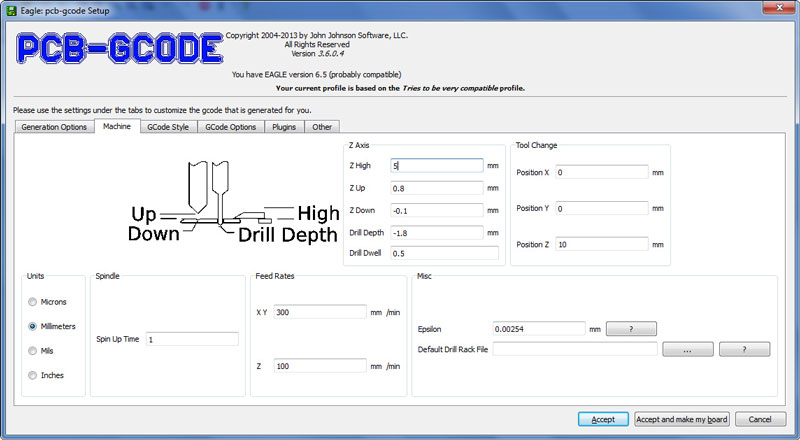- How To Open Pcb File In Eagle Point
- Open Pcb File In Powerpoint
- Eagle Pcb Download
- Open Pcb File Online
- How To Open .pcb File In Eagle
In this tutorial we'll cover every step in EAGLE PCB design: from placing parts, to routing them, to generating gerber files to send to a fab house. We'll also go over the basics of EAGLE's board editor, beginning with explaining how the layers in EAGLE match up to the layers of a PCB. And EAGLE won't open multiple files at one time, so that you can compare them side-by-side, either.) Now, one way to look at a PCB is to generate gerbers (the standard 'plotter format' for PCBs), and use one of the gerber viewers to look at those. I am an EAGLE USER and need to use files with components made in PADS or ALTIUM. Their extension is.pcb. However, the import does not work. Pointing to the path of these files in the library and making that library available to the schematic or board files, does not help. Any suggestions?
In this Gerber tutorial, I will teach you how to create the files you need for a 2-layer board using Cadsoft Eagle. After you have completed this tutorial you will have all the necessary files needed to send to most PCB manufacturers.
This tutorial is out of date. I have switched to KiCad, so I recommend the updated tutorial How to Create Gerber Files in KiCad.
Step 1: Open the CAM Processor
In Eagle, open Board view. Click the “CAM” button or choose “File->CAM Processor”. This will open the CAM Processor tool that is used to generate the files.
Here you can define the sections you want to create files for.
But you don’t really need to understand this. Actually I have never really thought about the details of this until I was writing this article. I have just been using ready-made configurations. And that is probably what you want to do as well.
Step 2: Open a predefined job
To simplify creating Gerber files, Eagle comes with a predefined job for this. It is called gerb274x.cam.
(Note: If you want to order PCBs from Seeed Studio’s Fusion PCB service, you should instead download their own CAM-file from the bottom of their submission guidelines page. Be aware that this will give you different file names than the ones listed below in this article.)
To open it in the CAM Processor click “File->Open->Job…”
Browse to your …/eagle/cam/ folder, and you should see a file called gerb274x.cam. Choose it and click “Open”.
You will now see five tabs in the CAM Processor. Each of these tabs will generate a Gerber file.
Step 3: Adding a second silk screen (Optional)
If you look at the tabs, you will see that you don’t have a file for silk screen bottom. For simple boards, the silk screen is usually on the top layer so that you don’t need the bottom. Some of the cheap circuit board manufacturers don’t even allow bottom silk screen.
But if you need silk screen on bottom layer as well, follow these steps:

- Click “Add”
- Change Section to something like “Silk Screen SOL”
- Change File to “%N.pls”
- Deselect all layers
- Select layers 20 “Dimension”, 22 “bPlace” and 26 “bNames”
There you go.
Step 4: Create each gerber file
Select where you want to put the Gerber files by clicking on the “File” button and choosing a folder. Do this for all the tabs.
How To Open Pcb File In Eagle Point
Then click “Process Job”. This creates your Gerber files.
Step 5: Adding file for drill holes
Even though drilling is supported by the Gerber format, manufacturers usually want the Excellon file format for specifying drill holes. Luckily, Eagle also comes with a predefined job for creating a drill file.
(Note: This step is automatically done if you’re using the CAM-file from Seeed Studio that I linked to in step 2.)
Open it in the CAM Processor by clicking “File->Open->Job…”


Browse to your …/eagle/cam/ folder, and open the file named “excellon.cam”.
Open Pcb File In Powerpoint
Select where to put the output file by clicking on the “File” button.

Eagle Pcb Download
Then click “Process Job” to create your Excellon file.
Step 6: Check output files
You should now have the following files:
- *.cmp (Copper, component side)
- *.drd (Drill file)
- *.dri (Drill Station Info File) – Usually not needed
- *.gpi (Photoplotter Info File) – Usually not needed
- *.plc (Silk screen, component side)
- *.pls (Silk screen, solder side)
- *.sol (Copper, solder side)
- *.stc (Solder stop mask, component side)
- *.sts (Solder stop mask, solder side)
Open Pcb File Online
After you have created each gerber file, you should always look at them using a Gerber viewer to make sure everything is ok.
Summary
This Gerber tutorial shows one way of creating the files you need. Even though this should be OK for many PCB manufacturers, you might find that some would want the files created in a slightly different way. If so, don’t worry, they will probably provide you with a Job file you can load directly into Eagle or at least have a good explanation on how to do it on their website.
How To Open .pcb File In Eagle
Check out more articles on PCB design by clicking this link:
Return from Gerber File to PCB Design